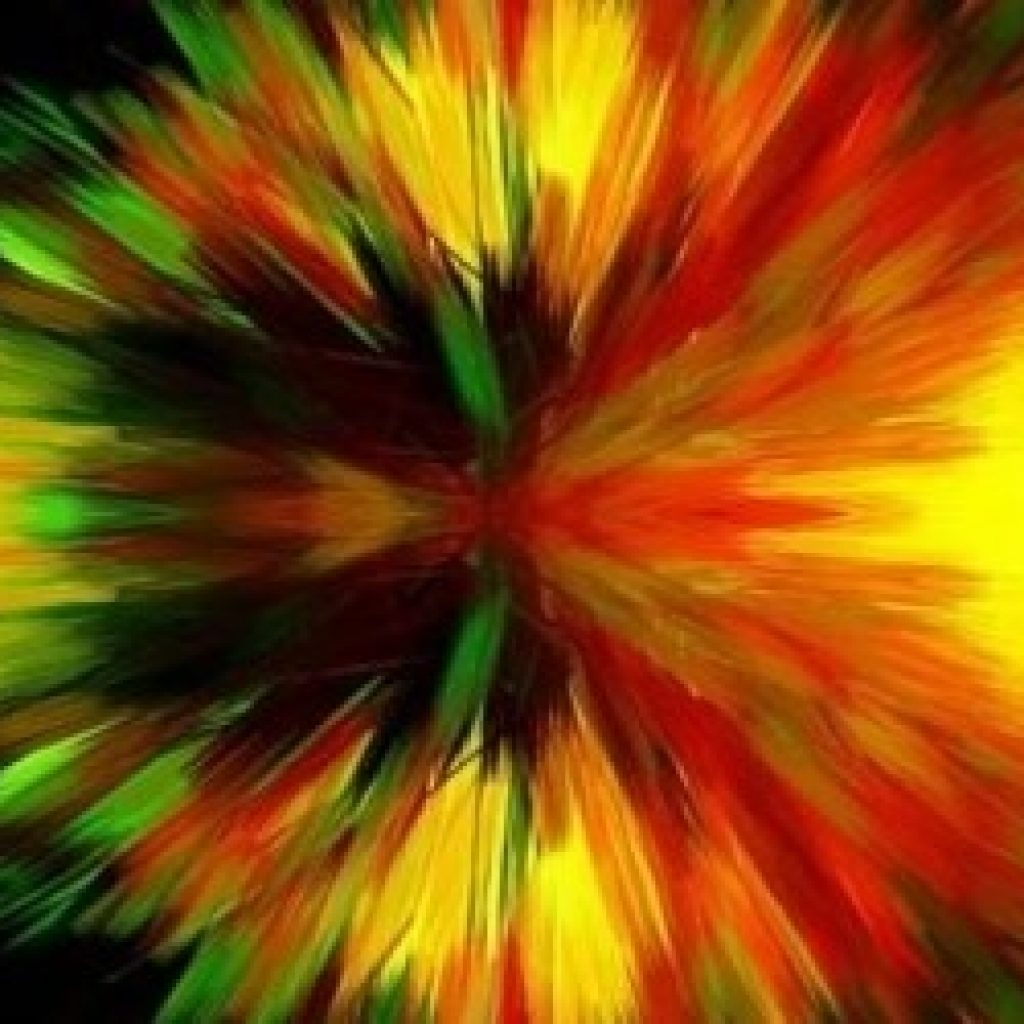(Phys.org) New research from Washington University in St. Louis realizes one of the first parity-time (PT) symmetric quantum systems, allowing scientists to observe how that kind of symmetry—and the act of breaking of it—leads to previously unexplored phenomena.
The team’s work is just the beginning of the experimental study of PT symmetry in quantum mechanics. According to Kater Murch, associate professor of physics, the “bane of a quantum engineer’s existence,” is decoherence, or the loss of quantum information. Early indications, based on quantum photonic simulations by Joglekar and Anthony Laing at the University of Bristol in England, suggest that in the Murch lab’s set-up, the decay from the first excited state to the ground state might slow the process of decoherence, providing the possibility for more robust quantum computing.
These and future PT symmetry experiments have potential applications to quantum computing.
PT Symmetry Experiments Have Potential Applications to Quantum Computing
